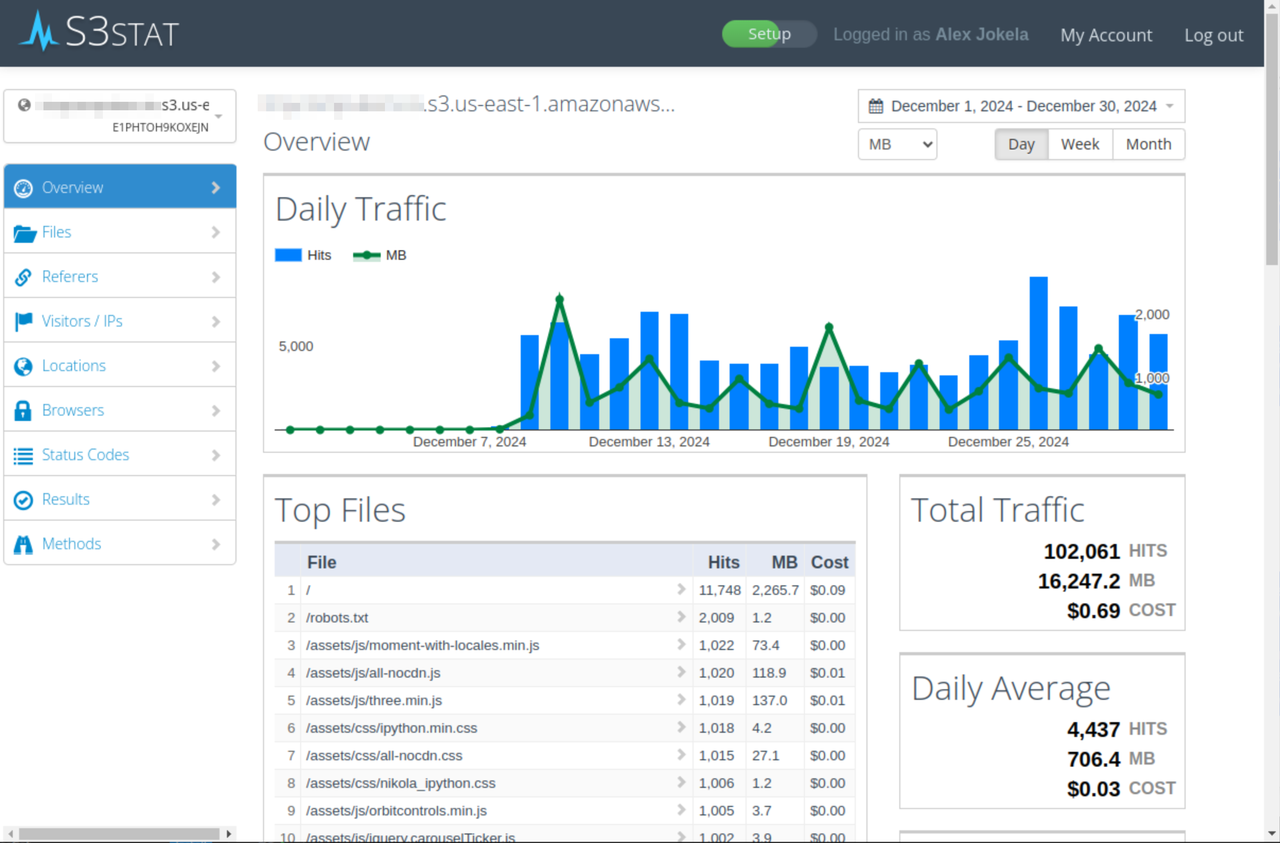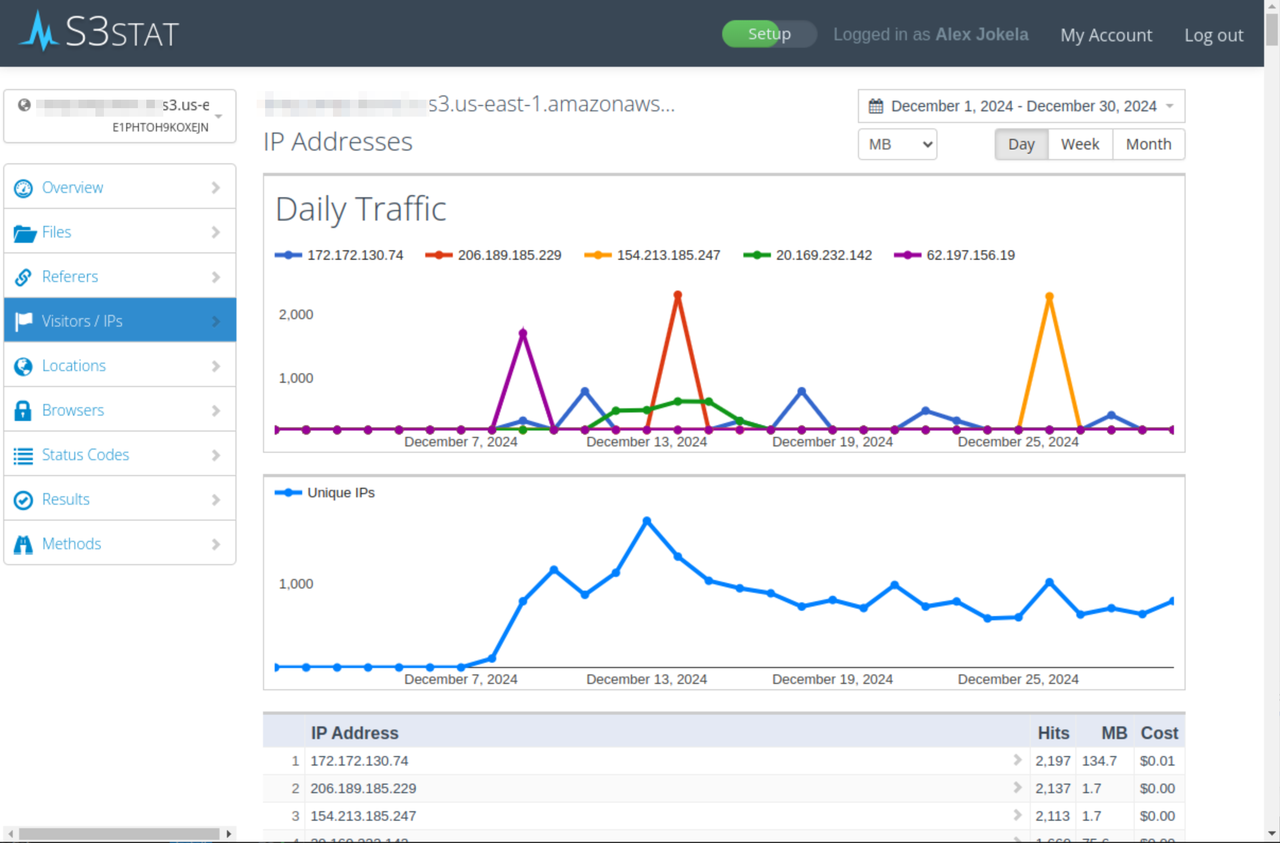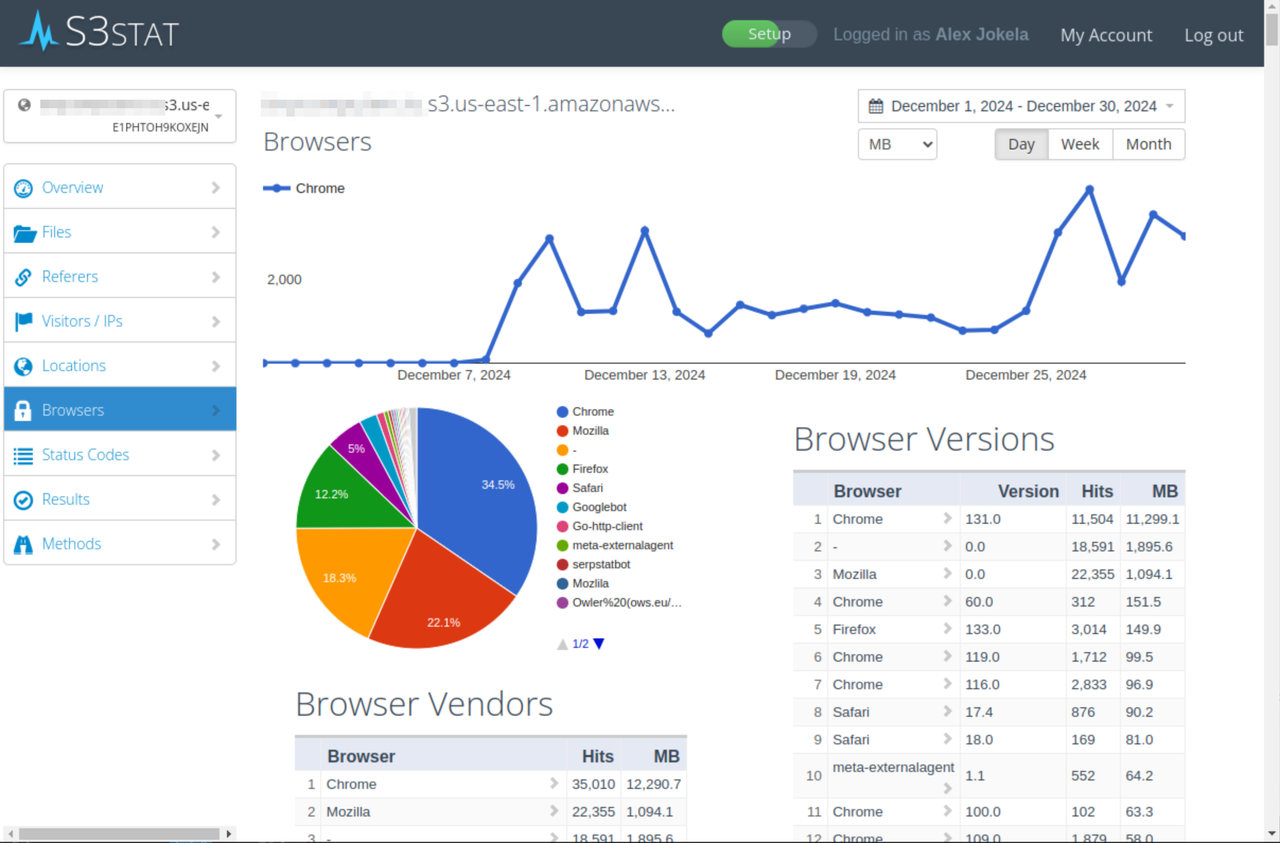Arthur Schopenhauer
 Arthur Schopenhauer was a 19th-century German philosopher born in 1788 in Danzig, Poland. His life's work would go on to have a profound impact on Western philosophy, earning him a reputation as one of the most important and influential thinkers of his time. Schopenhauer's philosophical ideas are characterized by a distinctive pessimism, which posits that life is inherently suffering and that human existence is marked by frustration, disappointment, and disillusionment. This bleak outlook on life was shaped by his experiences with personal hardship, including a troubled relationship with his mother and a series of failed academic and professional endeavors.
Arthur Schopenhauer was a 19th-century German philosopher born in 1788 in Danzig, Poland. His life's work would go on to have a profound impact on Western philosophy, earning him a reputation as one of the most important and influential thinkers of his time. Schopenhauer's philosophical ideas are characterized by a distinctive pessimism, which posits that life is inherently suffering and that human existence is marked by frustration, disappointment, and disillusionment. This bleak outlook on life was shaped by his experiences with personal hardship, including a troubled relationship with his mother and a series of failed academic and professional endeavors.
Despite the somber tone of his philosophy, Schopenhauer's ideas have continued to resonate with thinkers across various disciplines, from psychology and sociology to literature and art. His concept of the "will," which he saw as the fundamental driving force behind human behavior, has influenced notable figures such as Friedrich Nietzsche, Sigmund Freud, and Thomas Mann. Moreover, Schopenhauer's emphasis on the role of intuition and emotion in shaping human experience has made him a precursor to existentialist and phenomenological thought. Today, his ideas remain relevant in contemporary debates about the nature of reality, the human condition, and the search for meaning in a seemingly meaningless world. As we delve into his essay "On Noise," it becomes clear that Schopenhauer's philosophical insights are not limited to abstract metaphysics, but also extend to the mundane aspects of everyday life, revealing a profound concern with the human experience in all its complexity.
Schopenhauer's essay "On Noise" was written in 1851, during a time of rapid urbanization and industrialization in Europe. The increasing noise levels in cities, coupled with the growing middle class's desire for comfort and tranquility, created a cultural backdrop that likely influenced Schopenhauer's writing. As a philosopher who valued solitude and quiet contemplation, Schopenhauer was particularly sensitive to the distractions and disruptions caused by noise. "On Noise" is part of his collection of essays titled "Parerga and Paralipomena," which translates to "appendices" and "leftover remarks." Despite its seemingly minor status, the essay reveals a significant aspect of Schopenhauer's philosophy, namely his concern with the human condition and the ways in which external factors can impede or facilitate individual flourishing. Within his broader oeuvre, "On Noise" serves as a prime example of how Schopenhauer's metaphysical and epistemological ideas inform his views on everyday life, highlighting the intricate connections between his philosophical system and the mundane world. By examining this essay, we gain insight into Schopenhauer's distinctive perspective on the human experience, one that emphasizes the importance of quiet reflection and inner peace in a chaotic world.
Schopenhauer provides a scathing critique of noise as a pervasive and noxious force that disrupts human reflection, contemplation, and overall well-being in On Noise. Noise is not a trivial matter to Schopenhauer but rather a serious obstacle to human flourishing because it prevents people from being able to concentrate, reflect, and engage in intellectual pursuits. Schopenhauer asserts that human consciousness can generate profound insights and creative solutions if it can operate in a state of quiet and peace.
Schopenhauer classifies noise into several varieties with their unique effects on human beings. He separates physical sounds, such as those generated by machines, animals, or natural phenomena, from moral sounds, such as human speech, music, or other social communications. According to Schopenhauer, physical sounds can be particularly distracting and disruptive since they tend to require immediate attention and reaction. Moral sounds can be more sinister, though, since they can seem harmless or even pleasant at first but ultimately be as destructive to mental functions.
Schopenhauer also speaks to the effect of different kinds of noise on different personalities. For example, he notes that those who tend to be anxious, irritable, or depressed can be particularly susceptible to the harmful effect of noise. On the other hand, those who tend to be more stable and resilient can be more capable of handling loud settings, but even they will ultimately be affected by long-term exposure to noise.
Schopenhauer's best argument is that noise has a way of “killing thought” by keeping the mind from being able to engage in abstract thinking and self-reflection. For him, if we are in a state of noise, then our minds become engrossed with the present moment and cannot freely wander into the world of ideas and imagination. This leads to mental stagnation, as we cannot reflect on what we have experienced, learn from mistakes, or gain new ideas and perspectives.
Throughout the essay, Schopenhauer’s critique of noise is intertwined with his overall philosophical views on human nature, morality, and the human condition. Noise is seen by him as a reflection of the inherent chaos and disorder that permeate all of life, and he contends that human beings have to do their best to create islands of quiet and calm to cultivate their minds and attain a state of inner peace. Reading Schopenhauer’s writings on noise offers a deep insight into his philosophical system and its application to daily life, as well as to the importance of preserving quiet and reflection in a world that appears to be determined to stifle our thoughts and break up our calm.
Schopenhauer's essay "On Noise" is more than a mere complaint about the distractions of modern life; it is a deeply philosophical exploration of the human condition, revealing several key themes that are central to his broader philosophical system. One of the primary themes in "On Noise" is the importance of solitude and quiet contemplation for individual flourishing. Schopenhauer argues that humans have a fundamental need for periods of silence and isolation, during which they can reflect on their experiences, examine their thoughts and emotions, and cultivate their inner lives. This emphasis on solitude is closely tied to his metaphysical views on human nature, which posit that individuals are fundamentally isolated and disconnected from one another.
In "On Noise," Schopenhauer suggests that the constant barrage of distractions and interruptions in modern life makes it increasingly difficult for people to achieve this necessary solitude. The resulting lack of quiet contemplation leads to a kind of mental stagnation, as individuals become unable to engage in meaningful introspection or develop new ideas and perspectives. This theme is closely related to Schopenhauer's broader philosophical views on the role of distraction in human life. He argues that distractions, including noise, serve as a kind of "will-killer," diverting our attention away from our true goals and aspirations and preventing us from achieving our full potential.
Another key theme in "On Noise" is the tension between individual freedom and social responsibility. Schopenhauer acknowledges that humans are social creatures, with a need for connection and community, but he also argues that excessive social interaction can be detrimental to individual flourishing. He suggests that people should strive to find a balance between their social obligations and their need for solitude, recognizing that too much noise and distraction can lead to a kind of "social tyranny" that stifles individual creativity and autonomy.
This tension between individual freedom and social responsibility is a recurring theme in Schopenhauer's philosophy, reflecting his broader views on the human condition. He argues that humans are fundamentally conflicted, torn between their desire for connection and community on the one hand, and their need for independence and self-expression on the other. In "On Noise," this conflict is played out in the context of modern urban life, where individuals must navigate the competing demands of social responsibility and personal freedom.
Schopenhauer's philosophical views on human nature are also closely tied to his ideas about the role of suffering and hardship in human life. He argues that humans are inherently flawed and imperfect, prone to mistakes and weaknesses, and that it is through our struggles and challenges that we develop character and wisdom. In "On Noise," this theme is reflected in his suggestion that individuals should learn to tolerate and even embrace a certain level of discomfort and distraction, recognizing that these can serve as catalysts for personal growth and development.
Finally, Schopenhauer's essay "On Noise" reflects his broader philosophical views on the nature of reality and the human condition. He argues that the world is fundamentally chaotic and unpredictable, governed by forces beyond human control, and that individuals must learn to adapt and navigate this uncertainty in order to thrive. The noise and distractions of modern life serve as a manifestation of this underlying chaos, highlighting the need for individuals to cultivate inner strength, resilience, and wisdom in order to achieve a sense of peace and tranquility.
Schopenhauer's essay "On Noise" is a rich and complex exploration of the human condition, revealing several key philosophical themes that are central to his broader system. The importance of solitude and quiet contemplation, the role of distraction in modern life, and the tension between individual freedom and social responsibility all serve as reflections of his deeper views on human nature and the human condition. By examining these themes in "On Noise," we gain a deeper understanding of Schopenhauer's philosophy and its implications for our daily lives, as well as the importance of preserving quiet and contemplation in a world that often seems determined to drown out our thoughts and disrupt our tranquility.
Here is your humanized text:
The relevance of Schopenhauer's ideas in "On Noise" to contemporary society is impressive, particularly with the deep changes that have taken place since it was written. Despite years passing, many of the issues Schopenhauer discussed still persist today, and his philosophical arguments continue to provide insightful perspectives on human life. One of the most significant concerns in today's society is the impact of noise pollution on mental and physical health. Research has shown that prolonged exposure to loud noise can lead to a range of issues, including anxiety, depression, and cardiovascular disease. The World Health Organization (WHO) has recognized noise pollution as a major public health issue, estimating that it affects millions of people worldwide.
In this context, Schopenhauer's warnings about the dangers of excessive noise take on new significance. His argument that noise can be a “will-killer”—distracting us from our goals and aspirations—is particularly relevant in an era where people are constantly connected to their devices and bombarded with notifications, alerts, and other interruptions. The effects of social media and technology on attention spans and distraction align closely with Schopenhauer’s ideas on the necessity of quiet time and solitude. Studies have shown that excessive use of digital technology can lead to a condition known as “continuous partial attention,” where individuals frequently switch between tasks and stimuli, never fully concentrating on any one thing.
This constant state of distraction can have serious consequences for both mental and physical health, including increased stress levels, reduced productivity, and diminished creativity. Schopenhauer's emphasis on the importance of quiet time and solitude is more relevant than ever, as individuals strive to disconnect from the digital world and recharge. The significance of silence and quiet moments in a noisy, fast-paced world cannot be overstated. In a time when people are always “on” and connected, it is easy to overlook the value of simply being still and quiet. Schopenhauer’s reflections on solitude and quiet contemplation offer a powerful counterbalance to modern hyper-connectivity, reminding us that silence and stillness are essential for personal growth, creativity, and well-being.
Moreover, the benefits of silence and quiet time extend beyond personal well-being, carrying implications for society as a whole. In a world where noise and distraction are omnipresent, it has become increasingly important to create spaces for quiet reflection and contemplation. These can take many forms, from meditation rooms and silent cafés to public parks and green spaces. By prioritizing silence and quiet time, we can cultivate a more balanced and sustainable society—one that values the well-being of individuals and the environment alike.
Schopenhauer's insights in "On Noise" also offer valuable considerations for urban planning and design. As cities continue to expand and develop, it is crucial to account for the effects of noise pollution on residents' quality of life. This can be achieved through the establishment of quiet zones, noise-reducing measures such as sound barriers and acoustic insulation, and the design of public spaces that foster a sense of calm and tranquility. By incorporating these elements into urban planning, we can create more livable and sustainable cities where individuals can thrive and reach their full potential.
Beyond these practical applications, Schopenhauer’s ideas in "On Noise" also provide a philosophical framework for understanding the human condition in the 21st century. His emphasis on solitude, quiet time, and introspection serves as a reminder that true fulfillment and happiness come from within, rather than from external sources such as technology or social media. In an era where many individuals seek meaning and purpose, Schopenhauer’s philosophy underscores the importance of looking inward rather than outward for answers.
The modern relevance of Schopenhauer’s ideas is further emphasized by the growing interest in mindfulness and meditation practices. These practices, which involve cultivating awareness and presence through quiet reflection, closely align with Schopenhauer’s emphasis on solitude and quiet time. By integrating these practices into daily life, individuals can enhance self-awareness, reduce stress and anxiety, and improve overall well-being.
In this sense, "On Noise" offers a compelling critique of modern society, urging individuals to reassess their priorities in an increasingly fast-paced and noisy world. By embracing the importance of silence and quiet reflection, we can foster a more balanced and sustainable society—one that prioritizes human well-being and environmental harmony. The implications of this critique extend across various fields, including education, healthcare, and urban planning.
Ultimately, Schopenhauer’s insights in "On Noise" serve as a timely reminder of the importance of prioritizing silence and quiet moments in today’s chaotic world. As we navigate the complexities of modern life, it is crucial to remember that true fulfillment comes from within rather than external distractions like technology or social media. By embracing solitude, quiet contemplation, and introspection, we can create a more meaningful and fulfilling existence—one that fosters greater self-awareness, creativity, and well-being.
While Schopenhauer's ideas in "On Noise" provide insightful perspectives on the value of silence and contemplation, they are not without their limitations and critiques. One key argument against Schopenhauer's viewpoint is that noise can serve as a catalyst for creativity and social bonding. Many artists and musicians, for instance, have found inspiration in the chaos and energy of noisy environments. The hum of city life, rather than being a distraction, can ignite fresh ideas and perspectives. Likewise, social gatherings and community events often rely on music and lively conversation to foster a sense of connection and belonging.
From this standpoint, Schopenhauer’s insistence on solitude and quiet reflection might be seen as overly rigid or restrictive, failing to acknowledge the ways in which noise can fuel creativity, encourage social interaction, and strengthen human relationships. Critics may also argue that his perspective leans toward an individualistic or elitist stance—one that reflects a privileged and somewhat detached outlook, disregarding the experiences and needs of marginalized or underprivileged communities.
For example, individuals from lower-income backgrounds may lack access to serene, peaceful spaces and instead rely on the sounds of communal life as a source of comfort, stress relief, and social connection. Similarly, people with disabilities or sensory sensitivities may experience noise differently and require more flexible, adaptive approaches to managing their auditory environment.
Another critique of Schopenhauer’s argument is that it oversimplifies the complexities of human perception. While he asserts that noise is a universal source of distraction and irritation, others might contend that responses to noise vary widely among individuals. What one person perceives as disruptive or intrusive might be calming or uplifting to someone else. Additionally, Schopenhauer’s emphasis on quiet contemplation might overlook the role of sensory engagement and physical experience in shaping human understanding and perception.
By considering these critiques, we gain a more well-rounded and nuanced understanding of the intricate relationship between noise, silence, and human experience. These perspectives highlight the need for a more contextual and inclusive approach to assessing the impact of noise on well-being—one that takes into account the diversity of individual experiences and cultural perspectives. Engaging with these critiques allows us to refine, expand, or adapt Schopenhauer’s ideas to better reflect the complexities of modern life.
In summary, this article has explored the enduring relevance of Schopenhauer's essay "On Noise" for understanding the human experience. Through his critique of noise as a source of distraction and disturbance, Schopenhauer highlights the importance of quiet contemplation and solitude in fostering creativity, productivity, and personal growth. The article has also examined the ways in which Schopenhauer's ideas continue to resonate with contemporary concerns about noise pollution, attention span, and the impact of technology on our lives.
Furthermore, the article has considered potential critiques and challenges to Schopenhauer's views, including arguments that noise can be a form of creative stimulation or social bonding. Despite these complexities, Schopenhauer's essay remains a powerful call to consider the role of noise and quiet in our lives. As we navigate the increasingly fast-paced and technologically driven world of the 21st century, it is more important than ever to prioritize quiet reflection and introspection.
By reflecting on the significance of "On Noise", we are reminded of the need to cultivate mindfulness, attention, and awareness in our daily lives. Schopenhauer's ideas encourage us to think critically about the ways in which noise shapes our experiences, relationships, and understanding of ourselves and the world around us. As we move forward in an era of increasing noise and distraction, it is essential that we continue to explore the intricate relationships between sound, silence, and human experience.

 The legacy of the mining industry continues to shape the region's identity and culture. Many people in the area have strong ties to the industry, with family members having worked in the mines for generations. The loss of this industry has left a void that is difficult to fill, with many communities struggling to find new sources of economic growth and development.
The legacy of the mining industry continues to shape the region's identity and culture. Many people in the area have strong ties to the industry, with family members having worked in the mines for generations. The loss of this industry has left a void that is difficult to fill, with many communities struggling to find new sources of economic growth and development.


 S3STAT also provides time of day and day of week analysis, allowing users to understand how their S3 bucket usage patterns vary over time. This information can be used to optimize S3 bucket performance and reduce costs by identifying opportunities to cache frequently accessed content, use Content Delivery Networks (CDNs) to distribute content more efficiently, or adjust storage class and retention policies to match changing usage patterns. For instance, if a user notices that their S3 bucket is experiencing high levels of traffic on weekdays but low levels of traffic on weekends, they may be able to adjust their storage class and retention policies to take advantage of lower-cost options during periods of low usage.
S3STAT also provides time of day and day of week analysis, allowing users to understand how their S3 bucket usage patterns vary over time. This information can be used to optimize S3 bucket performance and reduce costs by identifying opportunities to cache frequently accessed content, use Content Delivery Networks (CDNs) to distribute content more efficiently, or adjust storage class and retention policies to match changing usage patterns. For instance, if a user notices that their S3 bucket is experiencing high levels of traffic on weekdays but low levels of traffic on weekends, they may be able to adjust their storage class and retention policies to take advantage of lower-cost options during periods of low usage. To troubleshoot and resolve problems quickly, you can use S3STAT's error analysis data to identify patterns and trends in your S3 request logs. For instance, you may notice that a particular type of error is occurring frequently during peak hours, indicating a potential issue with your application's scalability or performance under load. By using this data to inform your troubleshooting efforts, you can quickly identify the root cause of problems and take corrective action to prevent them from happening in the future. This can help reduce the mean time to detect (MTTD) and mean time to resolve (MTTR) issues, ultimately leading to improved uptime and increased customer satisfaction.
To troubleshoot and resolve problems quickly, you can use S3STAT's error analysis data to identify patterns and trends in your S3 request logs. For instance, you may notice that a particular type of error is occurring frequently during peak hours, indicating a potential issue with your application's scalability or performance under load. By using this data to inform your troubleshooting efforts, you can quickly identify the root cause of problems and take corrective action to prevent them from happening in the future. This can help reduce the mean time to detect (MTTD) and mean time to resolve (MTTR) issues, ultimately leading to improved uptime and increased customer satisfaction.

 I had been thinking about how, in some
I had been thinking about how, in some